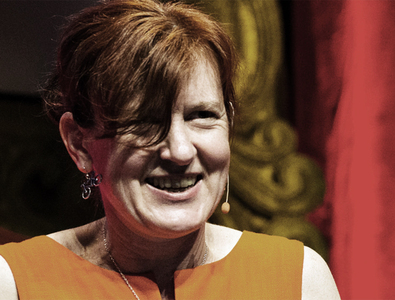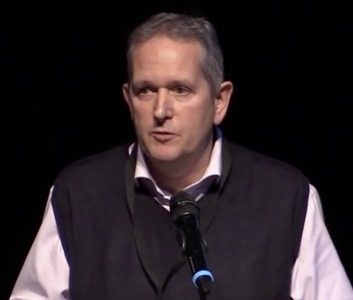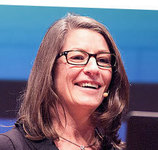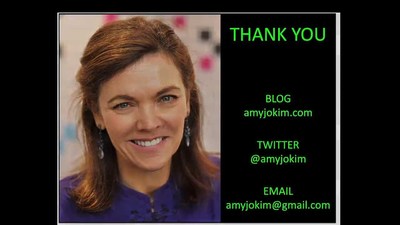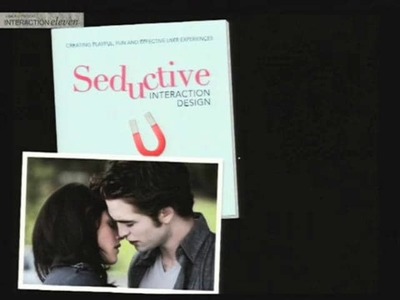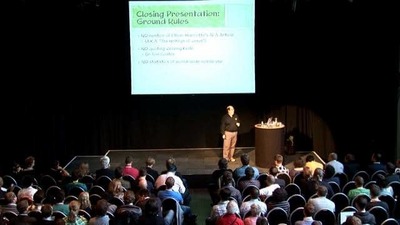Webstock
March 2012
Deconstructing Delight: Pleasure, Flow, and Meaning
There’s a lot of talk going around right now about designing for delight and gameification. You know what? Giving you a badge for getting your expense report done on time probably isn’t going to make you any happier or more likely to do it on time next time. And delight is temporary — people habituate pretty quickly.
There’s a vast difference, though, between designing an experience that doesn’t suck and one that drives engagement. We’re good at eliminating frustration. It’s easy to observe whether your customers are pissed off, and then just not do that. But that’s really not enough anymore. Users’ expectations are higher.
Some companies are doing it – they’re creating great experiences. From the outside, it looks effortless. But you know it’s not. The user part of you is like, wow, now this is really nice, I get it, in fact, I don’t want to live without it. The designer part of you is going, holy crap, how’d they do that — it’s really hard!
In this session, we’ll look at a nifty framework for thinking about and talking about what I call three levels of happy design. The framework is based on research done over the last couple of years looking into behavioral economics, hedonics, positive psychology, the importance of adult play, emotion in design, and a whole bunch of other stuff better saved for the talk.
User Experience, Emotional Engagement, Gamification, Delight, Experience Design
Dana Chisnell
See speaker profile
1 conference talk



